Tree Trimming vs. Pruning: Understanding the Differences and Benefits
Trees are essential elements of any landscape, contributing to the beauty, shade, and ecological balance of your property. Proper tree care is crucial to maintaining their health and aesthetics. Two fundamental aspects of tree maintenance are tree trimming and pruning. While often used interchangeably, these terms refer to distinct practices with specific purposes.
What is Tree Trimming?
Tree trimming primarily focuses on enhancing the appearance of a tree. It involves cutting back overgrown branches to maintain the tree’s shape and improve its overall aesthetics. Trimming is often performed on shrubs and hedges to keep them looking neat and attractive.
Benefits of Tree Trimming
- Enhanced Aesthetic Appeal: Regular trimming helps maintain a tree’s shape, promoting a well-manicured look that complements your landscape.
- Improved Sunlight Exposure: Trimming allows more sunlight to penetrate through the branches, benefiting the grass and plants beneath the tree.
- Controlled Growth: It helps control the growth of trees and shrubs, preventing them from becoming too large and unmanageable.
- Safety: Removing overgrown branches reduces the risk of branches falling and causing damage during storms or high winds.
What is Tree Pruning?
Tree pruning is a more strategic and health-focused practice. It involves selectively removing specific branches to improve the tree’s health, structure, and longevity. Pruning is essential for eliminating dead, diseased, or damaged branches and encouraging robust growth.
Benefits of Tree Pruning
- Healthier Trees: Pruning removes diseased or infested branches, preventing the spread of decay and promoting overall tree health.
- Structural Integrity: By eliminating weak or crossing branches, pruning enhances the tree’s structure, reducing the risk of breakage.
- Increased Fruit Production: For fruit trees, pruning stimulates the growth of spurs that produce fruit, leading to a more abundant harvest.
- Enhanced Growth: Proper pruning techniques encourage new growth, helping young trees develop a strong and desirable shape.
Key Differences Between Trimming and Pruning
- Purpose:
- Trimming is primarily for aesthetics and maintaining a tree’s shape.
- Pruning focuses on the tree’s health, structure, and safety.
- Timing:
- Trimming can be done at any time of the year, depending on the species and growth rate.
- Pruning is usually performed during the dormant season (late winter to early spring) to minimize stress on the tree and prevent the spread of disease.
- Techniques:
- Trimming involves cutting back overgrown branches uniformly.
- Pruning requires strategic cuts to remove specific branches, often at their point of origin or junction.
When to Trim vs. When to Prune
- Trimming:
- When you notice your trees or shrubs have become overgrown and unruly.
- To maintain the desired shape and size of ornamental trees and hedges.
- To improve the visual appeal of your landscape.
- Pruning:
- When branches are dead, diseased, or damaged.
- To improve air circulation and sunlight penetration within the tree canopy.
- To enhance the structural integrity of the tree.
- To stimulate fruit production in fruit-bearing trees.
Why Professional Services Matter
Both trimming and pruning require knowledge and precision to be effective. Incorrect techniques can harm your trees, leading to poor health or even premature death. Hiring professional arborists ensures that:
- The right branches are trimmed or pruned to promote optimal health and growth.
- Cuts are made correctly to avoid damage and encourage proper healing.
- The overall health and appearance of your trees are maintained.
Understanding the differences between tree trimming and pruning is crucial for effective tree care. Both practices play vital roles in maintaining the health, safety, and beauty of your trees. By incorporating regular trimming and pruning into your landscape maintenance routine, you ensure that your trees thrive and contribute positively to your property’s aesthetics.
